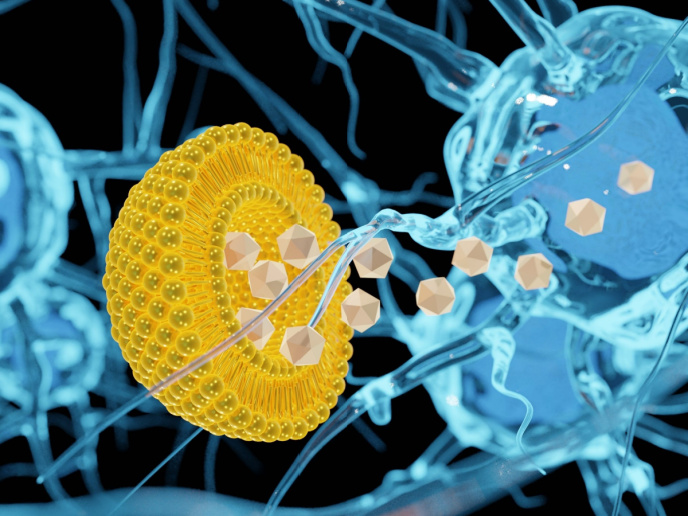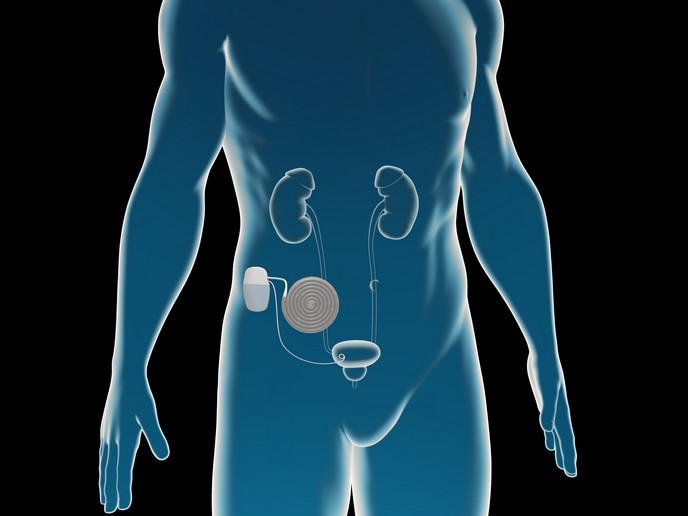Nanoparticles for drug delivery to the brain
Drug delivery to the brain is hampered by the blood-brain barrier (BBB), which remains impermeable to most drugs to date. An alternative approach for the treatment of brain conditions, including neurodegeneration and stroke, is to stimulate endogenous neural stem cells (NSCs) in the brain with therapeutic agents. NSCs have the potential to proliferate and differentiate into neurons and glia, regenerating the brain and restoring nervous system function.
Nanomaterials for drug delivery
The EU-funded NANOSTEM(opens in new window) project proposed to use nanomaterials for the uploading and delivery of NSC therapeutics. NANOSTEM recruited 14 early-stage researchers who undertook research with the support of the Marie Skłodowska-Curie Actions(opens in new window) programme. “Our goal was to synthesise various novel nanomaterials capable of delivering therapeutics across the BBB and targeting NSCs,” explains project coordinator Marina Resmini. These included polymeric systems such as micelles and nanogels responsive to temperature, as well as gold nanorods responsive to near-infrared light. Moreover, aptamer based DNA nanostructures and also extracellular vesicles were explored for drug delivery. Following their extensive characterisation, these nanomaterials were validated for their potential to cross the BBB. Permeation of the BBB was facilitated either due to the small size of nanoparticles or by increasing their affinity towards transferrin receptors. To visualise their permeation capacity, nanoparticles were further functionalised with fluorescent tags. Furthermore, researchers tested the most promising formulations in vivo in zebrafish and mouse models. Nanoparticles injected in zebrafish permeated the BBB into the brain, while studies carried out in mice demonstrated the ability of a nanoformulation to induce proliferation of NSCs.
Protein corona and how to avoid it
One of the key challenges associated with the development of nanoparticles for drug delivery is the attachment of proteins once they enter the blood system. This layer of molecules is known as protein corona and includes proteins that are loosely or irreversibly attached to the nanoparticles. The formation of protein corona has the potential to change the morphology and properties of the nanoparticles and therefore needs to be studied carefully. Researchers gave particular emphasis to the surface chemistry and morphology(opens in new window) of the nanoparticles, to understand how the interaction with biological entities such as proteins and lipids can influence protein corona formation.
In vitro blood-brain barrier models
A BBB model is useful for evaluating the efficacy and transport mechanisms of various central nervous system (CNS) drugs. However, the formats of existing models require large amounts of biological material and costly reagents, which prohibit their widespread use. NANOSTEM researchers miniaturised(opens in new window) an already established model into a 96-well format using automated technology. This reduced the volume of compounds needed and increased the experimental parameters that could be analysed at the same time. Further optimisation using different cell types was also performed to extend the perspectives of the BBB model. The consortium also set up a protocol for an alternative BBB model that relies on the culture of three types of cells(opens in new window), namely endothelial cells, pericytes and astrocytes. The model was validated by measuring the transport of nanogels. According to Resmini: “Our in vitro BBB models constitute powerful tools for early-stage drug discovery studies to identify compounds effective against CNS diseases.”







